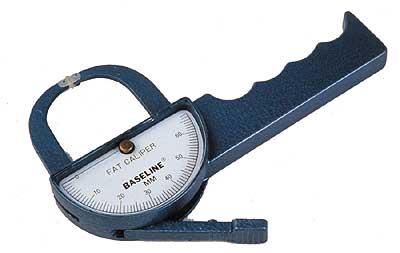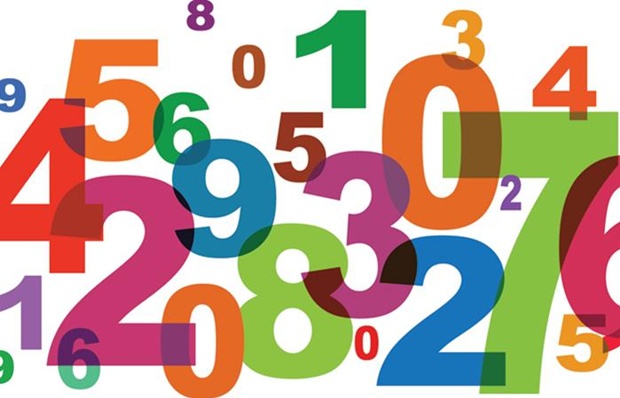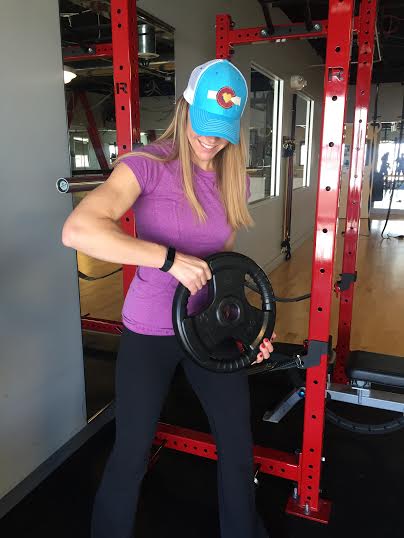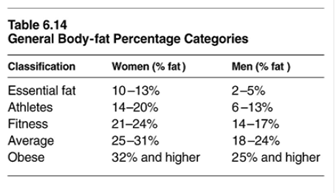Some thoughts and discussions from me.
One of the first things you’ll hear about when starting your fitness, nutrition, and health journey is goals.
I’m all about setting goals, but today I want to get specific and talk about a certain kind of goals: aesthetic goals pertaining to numbers. And we’re going to get even more granular than that, and talk specifically about setting a target body fat percentage goal.
When working with all of my clients, we rely on several key progress tracking mechanisms:
- Measurements in inches
- Pictures
- Clothing Feel
- Sometimes body fat (if I train them in-person, or if they have the means to accurately get measured)
Sometimes we also use scale weight, but most of the time, I work with women looking to both lose fat and maintain or gain muscle definition, so this number is less important.
Notice I said I use progress tracking mechanisms rather than goals. I actually very rarely ask a client what bodyfat percentage she wants to get down to.

How to Set Your Target Body Fat Percentage
First answer: consider not setting one.
Say whaaat?
You heard me right. I’m not a big fan of setting a target body fat percentage.
Like I said, I’m all about goal-setting, but when it comes to setting a specific number for your target body fat percentage, I leave this one out – for two reasons.
1. Not everyone looks the same at a certain BF %.
I was actually just talking about this with a client on Tuesday (which, coincidentally, lead to my writing this post!)
We’re taking her BF % reading today, and she was telling me what it was the last time she had it measured, along with her other physical markers, and how she’d like to get it back down to about that number.
Do you think this is realistic, she asked?
My answer was yes, because of her body type, build, nutrition habits, and our training together, that’s an obtainable goal.
But I also told her that 19% is very lean – in the athlete range (which is leaner than the ‘fitness’ range) and many women are surprised that they’re completely happy a few points higher than that.
As a personal example, I am naturally lean through the mid-section, and if I get down to 19% body fat, my energy drops, my regular hormone functioning is thrown off (i.e. I’d lose my period which is NOT GOOD, people.)
Where 19% BF can be completely healthy and look great on some, it looks and acts a completely different way on others.
1a. Which brings me to personal preference.
Let’s say you set a goal to get down to 20% body fat, and then once you reach 23%, you realize you’re happy with how you look at this point. Do you stop your fat loss goals and transition into maintenance? Or do you keep going to get down to that 20%….?
Which brings me to…
2. It’s a numbers game.

Numbers can mess with our mind, especially when we have a goal weight or body fat percentage in mind.
I have worked with many, many women who have this scale weight number in the back of their mind. Typically, it’s the lowest weight they’d ever been down to in the last 10 or so years.
That number lingers, and it taunts them. Even if they now look better through increased muscle. Even if their body fat is actually lower than it was at that time. Because we tend give the scale too much power – and we do the same with any numbers pertaining to our bodies.
So when you set a target body fat percentage, you can see how that would tend to f*ck with your head.
Additionally, fat loss is not linear. You won’t lose the same amount of BF every single time you go to get measured. Some weeks you’ll lose more, some weeks you’ll lose less, and some not at all. (The goal is always for that line to travel downward over time – if of course, fat loss is your goal.)
How to Set Your Target Body Fat Percentage

Of course, some just really like to set goals, and having a number to aim is a great motivator for them. And I’m cool with that if it doesn’t mess with your head.
In order to do this, I have a few suggestions:
a) work with a trainer or fitness professional (please)
if that’s not an option for you right now for one reason or another:
1) get your current BF tested by a professional – either via hydrostatic weighing (most accurate,) bod pod (sometimes accurate,) or calipers (accurate depending on calipers and who is using them)
1a) don’t put too much stock in this number! It’s not a value of your worth, and it might be a couple % points off.
2) Check out a body fat percentage chart.

3) do some basic math figure out how many pounds of lean mass and fat mass you have from that number
If you’re at 30% BF, and you’re 150 pounds, then you have 45 pounds of fat mass and 105 pounds of lean mass. Fat’s crucial for daily function, existance, hormonal function, and general health, so work with a professional when coming up with this number.
4) Remember that fat loss isn’t linear
Some weeks you might decrease half a percent. Others you’ll remain the same. The idea is that the line trends downward (or upward, if that’s your goal!) over time.
Have you ever had your body fat tested? What was it like for you, and which method did you use?

Preach! Great, informative post. The numbers game isn’t going to bring us joy or strength!
You know it! XO
Awesome perspective on body fat percentage, Paige. For my exercise physiology, we just completed a lab that involved the skinfold caliper test, BMI, bioelectrical impedance analysis, and visceral abdominal tissue measurement. As someone who has a history of an eating disorder, I was pretty self-conscious yet prudent going into the lab. I would be lying if I said the numbers didn’t tick me a little bit, but at the same time, I have to remember that I feel GREAT in my body. I’ve been able to reach fitness goals where I am right now, so numbers shouldn’t dictate how I feel.
Phew.
Thanks for this post!
XO!